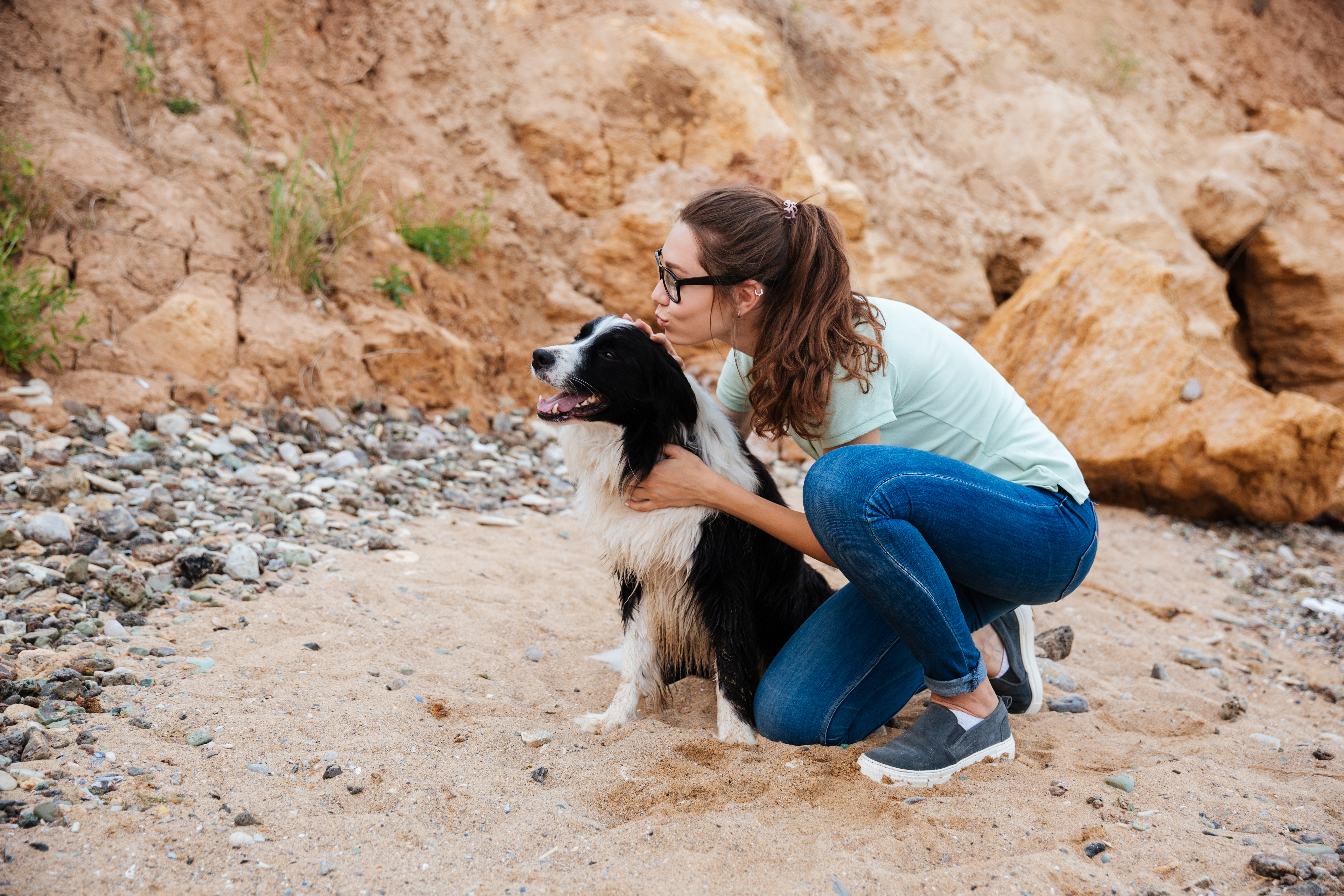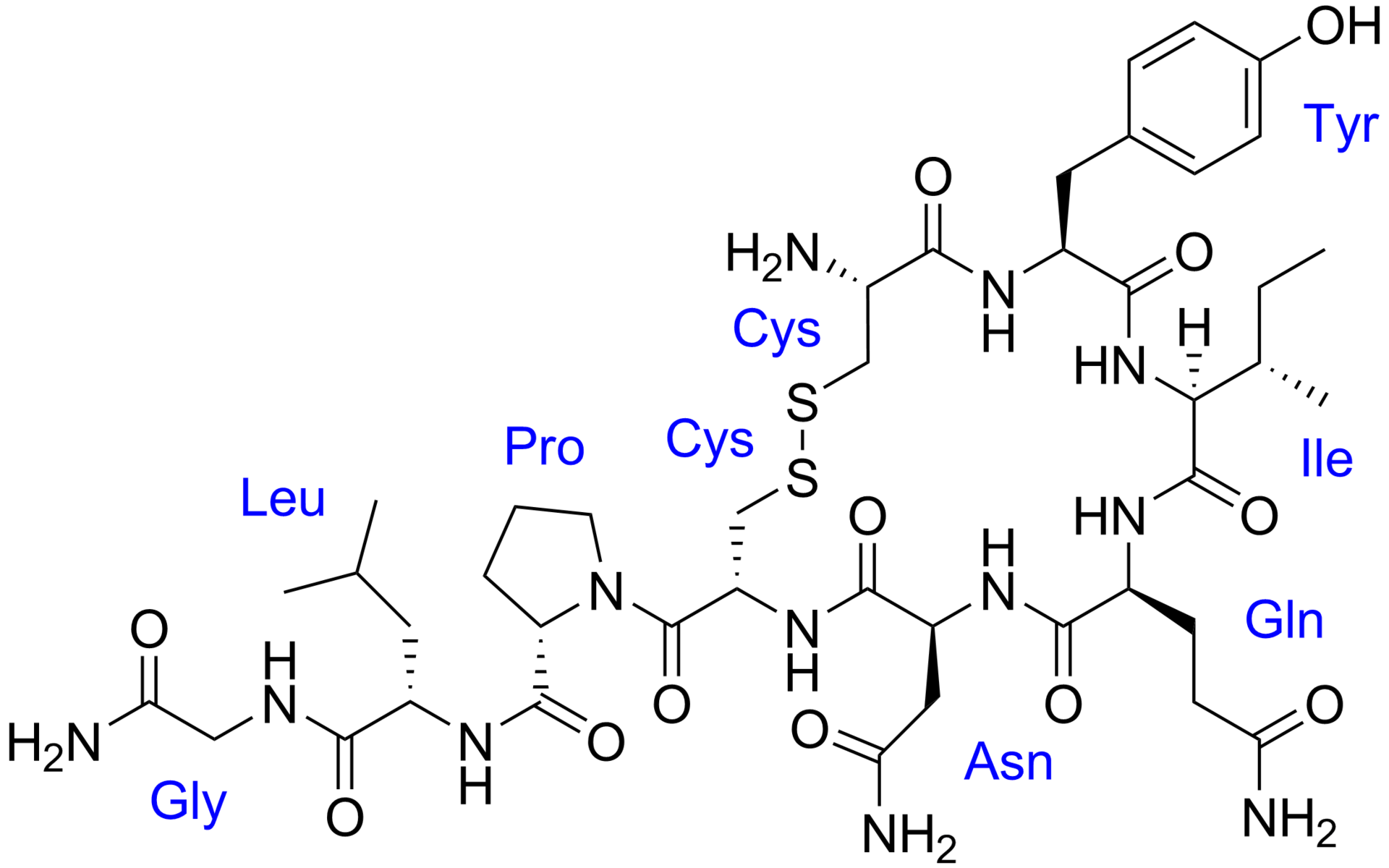Oxytocin, a neuropeptide produced in the brain’s hypothalamus, has gained popularity as the “love hormone.”
But NY Times sheds light upon “The Dark Side of Oxytocin” and Gizmodo calls it “The Most Amazing Molecule in the World”—so it’s apparent that there are many shades of oxytocin. This chemical evidently helps newborns bond with their mothers and is released when snuggling with our partners or pets, but have you heard that it’s responsible for much more of our behavior than once thought? It is natural for emotions to accompany our behaviors, and scientists have found that these emotions activate the release of peptides like oxytocin into our bodies. Thus, our behaviors and emotions are inextricably connected. As Dr. Candice Pert explains, “the chemicals that are running our body and our brain are the same chemicals that are involved in emotion,” so it follows that our actions (a.k.a. “behaviors”) are reinforced by oxytocin, and vice versa. Which means oxytocin is responsible for reinforcing negative behaviors as well positive, like cuddling. So is oxytocin good or bad?

The fact of the matter is that we’d render this multifaceted chemical one-dimensional by polarizing it as “good” or “bad.” It plays a role in much more than bonding—oxytocin courses through our bodies when we play with pets, has been shown to reinforce monogamy and researchers have even found that it reinforces ethnocentrism (among other behaviors).
“There is some evidence that oxytocin promotes ethnocentric behavior, incorporating the trust and empathy of in-groups with their suspicion and rejection of outsiders.” This study not only calls into question the view of oxytocin as an indiscriminate love drug, but it shows oxytocin may lead to intergroup violence. Just how does oxytocin play a part in so many behaviors at once?
Oxytocin is so multifaceted because it reinforces a spectrum of negative and positive behaviors, as long as the behavior that brings you closer to your goal. It may help to categorize this spectrum of behaviors as “approach-“ or “avoidant-related,” which means that said behaviors are characterized by moving you closer to, or farther from, a person, place or thing. People normally value closing the distance between themselves and their goals, so they repeat approach- and avoidant-related behaviors to help them achieve their goals. As mentioned before, emotions accompany our actions, and these emotions activate neuropeptides like oxytocin to reinforce behaviors that help us survive.

Another way to say it is: behavior is established through positive reinforcement via emotions that trigger oxytocin.
We come closer to our goal, we feel happiness, and this emotion triggers the release of oxytocin in our bodies to help us remember that the accompanying behavior is one worth repeating.
Regardless of whether the emotions in question are positive or negative, anyone can see that oxytocin is instrumental in how our bodies identify relationships and behaviors that hold intrinsic value. When we learn new skills as infants—potty training, playing games, cleaning up after ourselves—we often learn these new behaviors through vicarious reinforcement (mimicking of your parents/guardian figures), and scientists at the Duke School of Medicine have linked oxytocin to vicarious reinforcement in mammalian behavior. Studies show that behaviors like vicarious reinforcement are, in fact, amplified by oxytocin. So, if it is evident that oxytocin helps establish these behaviors, then why don’t we arm ourselves with this tool we are born with?
With every emotion humans feel, they form opinions and beliefs about objects in life that they could approach. We reinforce our beliefs and the behaviors those beliefs help motivate via oxytocin. Shouldn’t we explore the ways we could use oxytocin to reinforce our good behaviors?


